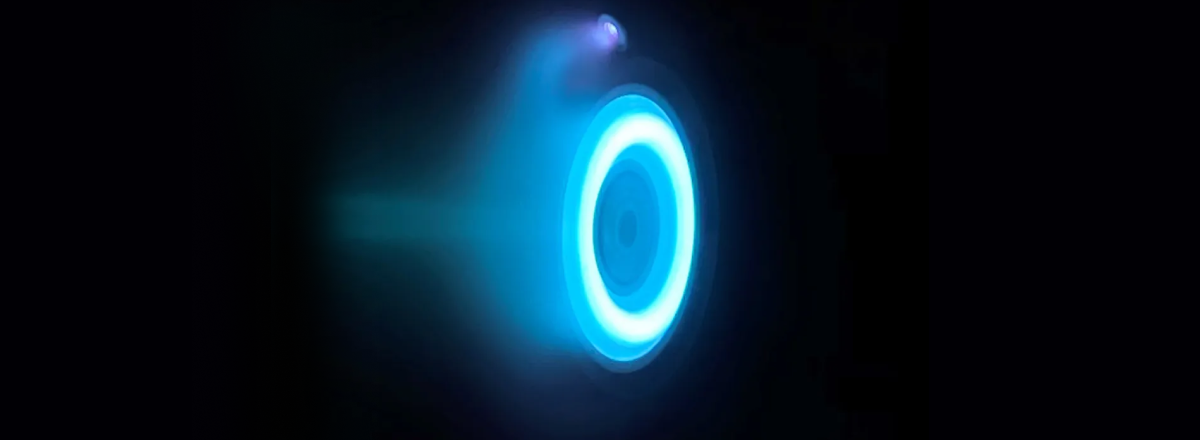NASA's Psyche Mission Fires Up Its Futuristic Thrusters En Route to an Asteroid
Unlike conventional rocket thrusters that deliver short bursts of high power, Psyche's thrusters provide a gentle, continuous push, allowing the spacecraft to increase its speed gradually over time without the need for large fuel reserves.

NASA's Psyche spacecraft has successfully activated its state-of-the-art electric Hall thrusters, marking a significant phase in its journey towards the asteroid belt. This milestone, part of the agency's ambitious project to explore the metal-rich asteroid named Psyche, occurred six months after the spacecraft's launch aboard a SpaceX Falcon Heavy rocket.
The Psyche mission aims to provide insights into the solar system's formation by studying an asteroid believed to be the exposed core of an early planet, which could offer clues about the earth's own metallic core. As of now, the spacecraft is cruising at speeds reaching 84,000 mph and is expected to accelerate to about 124,000 mph through the vacuum of space, thanks to its ion propulsion system.
This advanced propulsion technology, powered by solar energy, expels ionized xenon to create thrust, characterized by a striking blue glow observable from the spacecraft. Unlike conventional rocket thrusters that deliver short bursts of high power, Psyche's thrusters provide a gentle, continuous push, allowing the spacecraft to increase its speed gradually over time without the need for large fuel reserves.
Upon arrival in 2029, Psyche will enter orbit around the asteroid to begin a two-year observation period, providing unprecedented data on the properties and history of metal cores from planetesimals.

